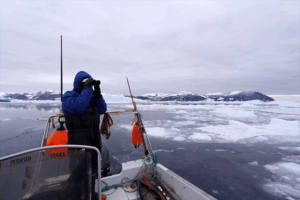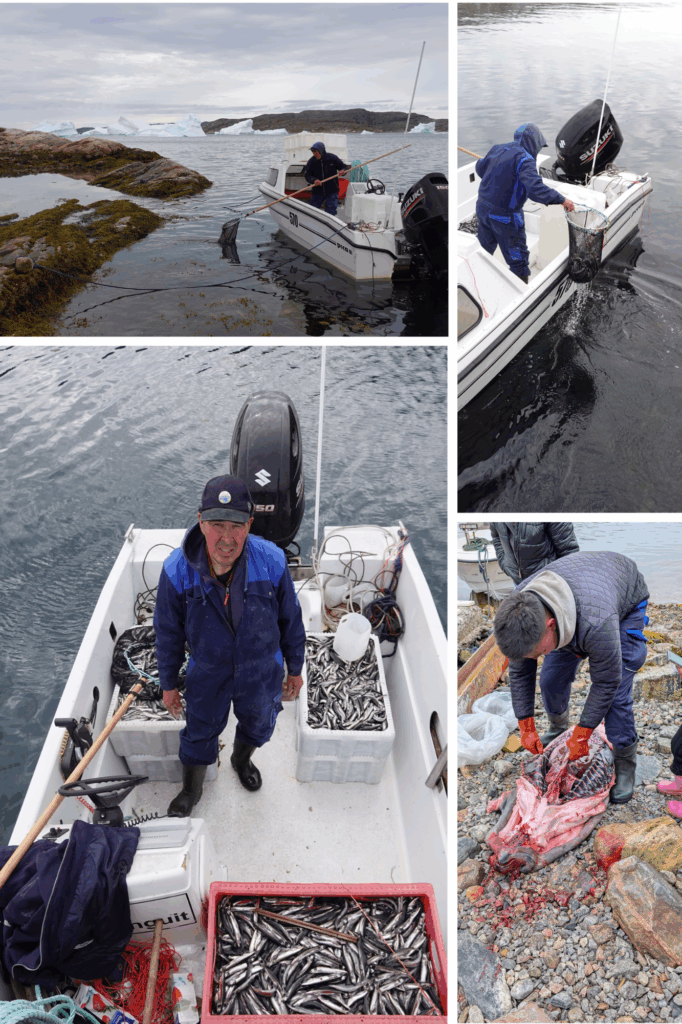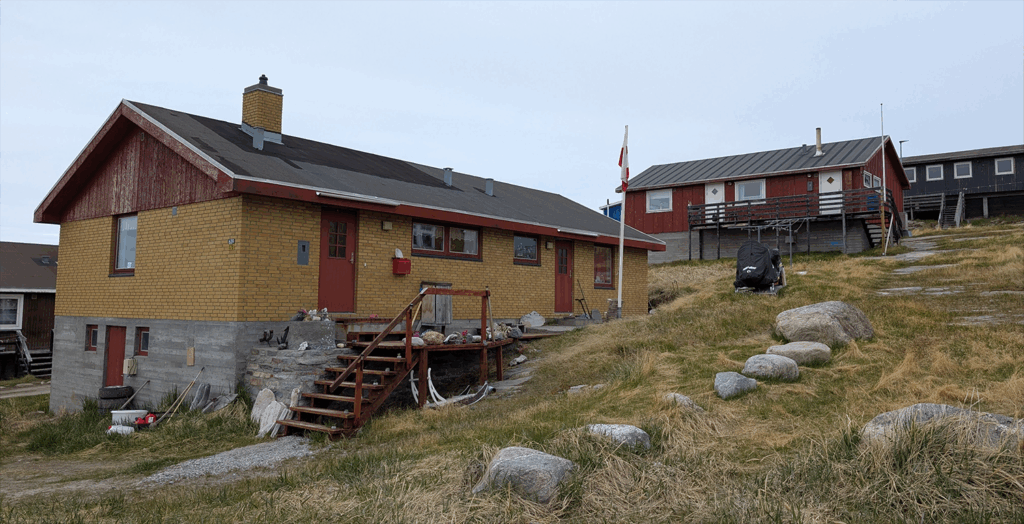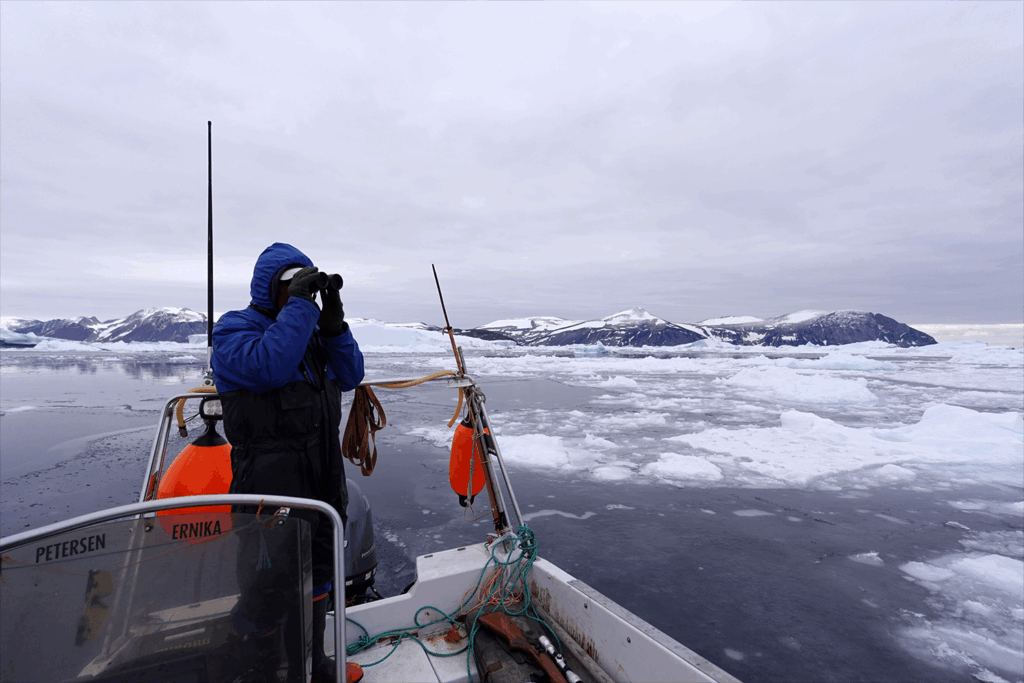Caring Masculinity Fund recipient DareGender, a Danish organisation that engages boys and men in promoting gender equality, is exploring what it means to be a man in Greenland. Jeppe Trolle Linnet, a DareGender project manager and anthropologist, is traveling around the country and interviewing men he meets along the way to understand what masculinity means in one of the most remote places on earth.

Jeppe has been settling into Qasigiannguit, a small town on Greenland’s West coast, for several weeks. The effects of climate change are felt heavily in Greenland and impact many aspects of daily life for all citizens. Hunting – a traditional rite of passage to manhood in the region – is particularly under threat from the warming climate, eroding not only this key expression of masculinity, but local people’s lives, too.
On land, the men hunt reindeer and musk ox; at sea, they fish for Greenland halibut, cod, and shrimp, and shoot seals and whales. But shifting animal migration patterns and shorter periods of time where there is solid sea-ice cover is causing uncertainty and unpredictability, and impacting men’s ability to provide for their families.

“We can no longer trust the ice,” is a familiar phrase Jeppe hears from the local community. Ivik is a Qasigiannguit resident in his 30s who works in the local energy supply plant and supplements his income with money earned from hunting to provide for his three children. He tells Jeppe how he was nearly killed by the rising temperatures.
“I was out seal hunting, and I could feel the ice rocking unstably beneath me. I finally got close to the seal, but then the ice collapsed. I fell through,” he says. Ivik had to fight his way up out of the freezing cold water. He survived, but others have not been so lucky. Jeppe learned of a recent tragedy in Qasigiannguit where an entire family perished trying to travel across the unsafe ice.
Not only does the changing climate pose a physical threat to life, it also threatens the knowledge systems which underpin life in the town. A man’s embodied understanding of the sea ice, weather and animal behavior, along with the courage to navigate risk, and his competence as ‘provider’ for his family, elders, and neighbors, are a crucial part of male identity and masculinity in the region. But this role is now under threat as climate change rewrites the rules of survival.
Inside the yellow-brick house of 65-year-old hunter and fisherman, Kãpe, Jeppe learns firsthand the difficulties faced by men in the region. “The ice settles, but then suddenly one morning it’s gone, it’s been blown out to sea,” says Kãpe.
Kãpe’s home is a homage to a lifetime of fishing and hunting – his collection is like a private museum, filled with polar bear skins, fossilized sea creatures, and huge skulls from North Atlantic deep-sea fish. Like many of the men in Qasigiannguit, Kãpe has worked as a hunter and fisherman since he was a teenager.

Now, hunting and fishing take more time and energy, with more uncertain results, explains Kãpe. Men have less time with their families and cannot bring home as much income. For Kãpe, this undermines his sense of self as a man, which has been largely based on his success as earner and breadwinner.

Modernization has diversified what ‘providing’ looks like in the region – salaried work, vocational training, and public-sector jobs now complement or, in some cases, replace hunting and fishing in many households. Yet the symbolic core of masculinity often remains linked to being a ‘provider.’ When climate change disrupts the practical foundations of providing, the cultural scripts that affirm men’s worth can be shaken, too.
The impacts of climate change in Greenlandic communities like Qasigiannguit go far beyond the irreparable changes to the landscape; they also deeply affect the cultural and social fabric of these communities. As traditional roles disappear, many men are left feeling as though the rug has been pulled out from under them and are left navigating a shifting landscape – not only of ice and animals, but of identity, meaning, and manhood itself.
Read Part 1 of the Greenland Diaries here.
